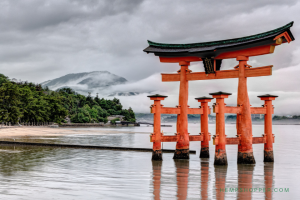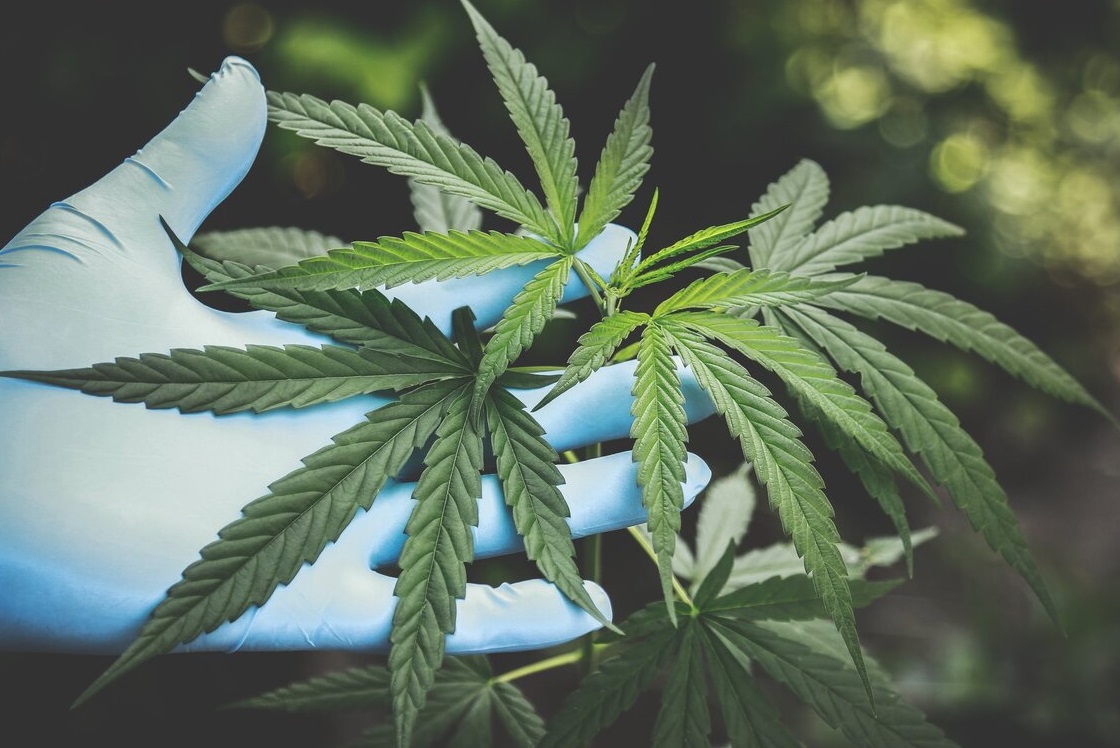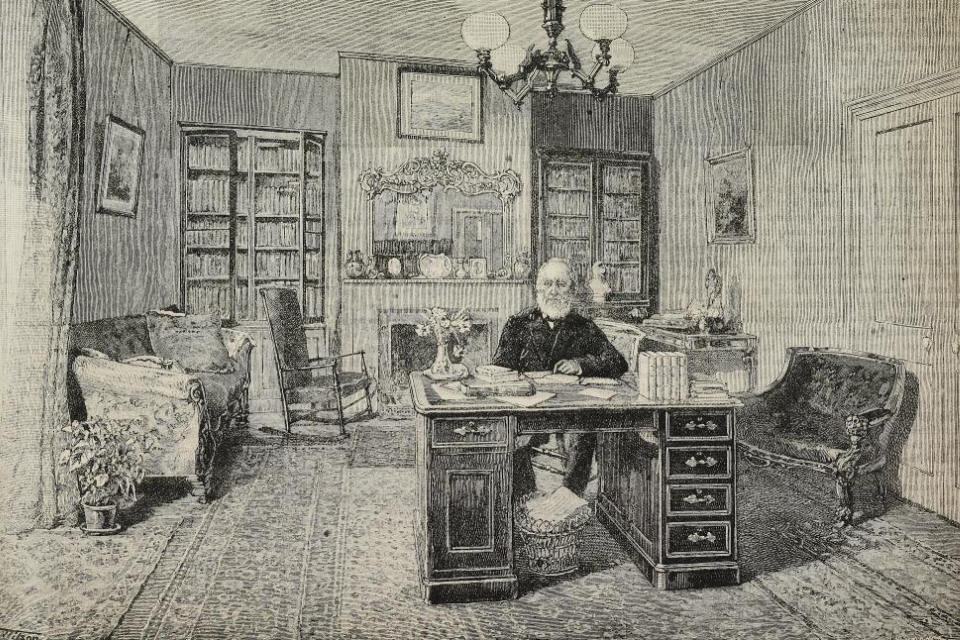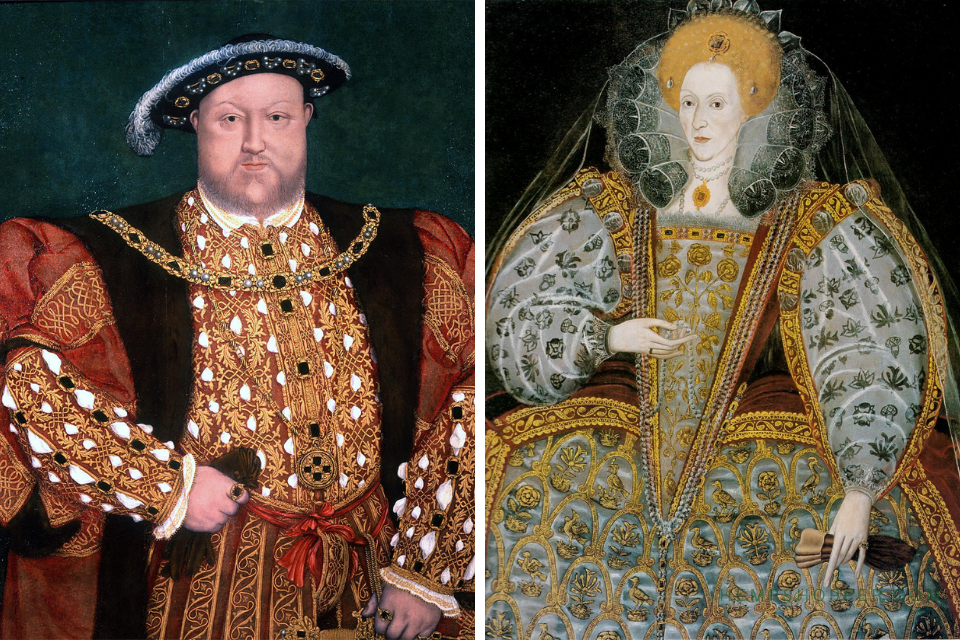700 CE: Hemp is used in Shinto ceremonies

700 CE: Hemp is used in Shinto ceremonies.
Hemp has an important function in the mythology of Shinto, the “Way of the Gods”, as the ancient indigenous religion of Japan is known. Shinto or Shintoism, is the indigenous spirituality of Japan and the people of Japan. It is a set of practices, to be carried out diligently, to establish a connection between present day Japan and its ancient past. Plants, animals, rocks, trees all possess a sort of spirit or reverence which can be terrifying or peaceful.
Shinto practices were first recorded and codified in the written historical records of the Kojiki and Nihon Shoki in the 8th century.
Hemp was used to purify, to drive out evil (exorcism). Ceremonies at major shrines such as Ise Jingu in Mie prefecture involved the burning of taima (cannabis). Hemp seeds are used in Shinto marriage ceremonies and some ceremonies hemp leaves are burnt as an “invitation to the spirits”.[1]
The priests’ garments are made from hemp linen and and bell ropes in shrines are traditionally made from hemp too. Hemp for bell ropes is still grown in Nagano prefecture today. Several hemp fields are cultivated on Shikoku to make ceremonial linen clothes for the Imperial family and for Shinto priests.[2]
1. MOORE, George Foot (1913): History of Religions. Cornell University Library. 2. japanhemp.org/en/shinto.htm Research and text © Hempshopper Amsterdam.


 Hempshopper Amsterdam
Hempshopper Amsterdam 






